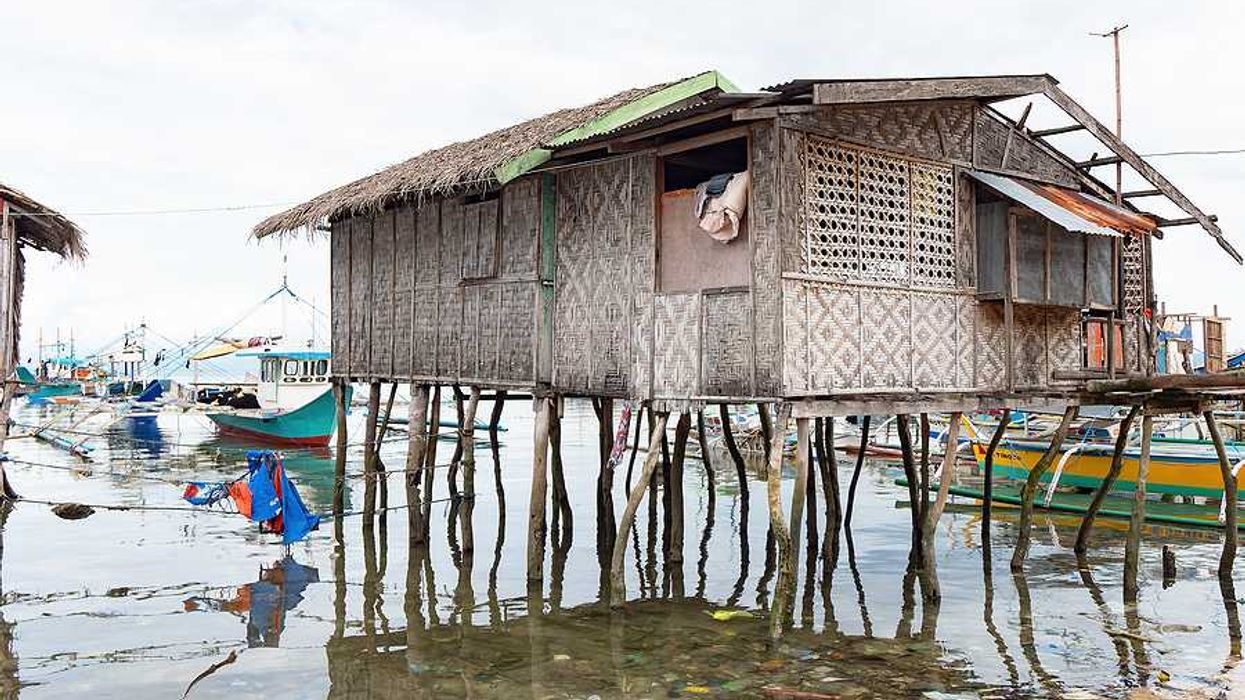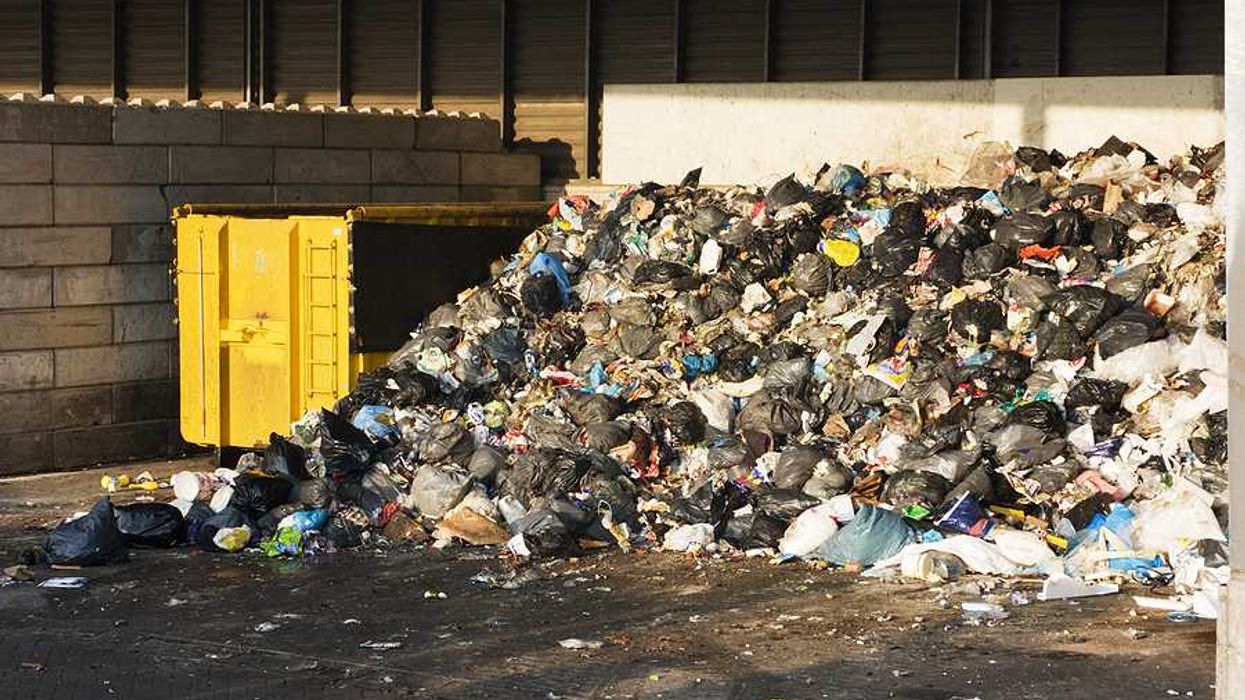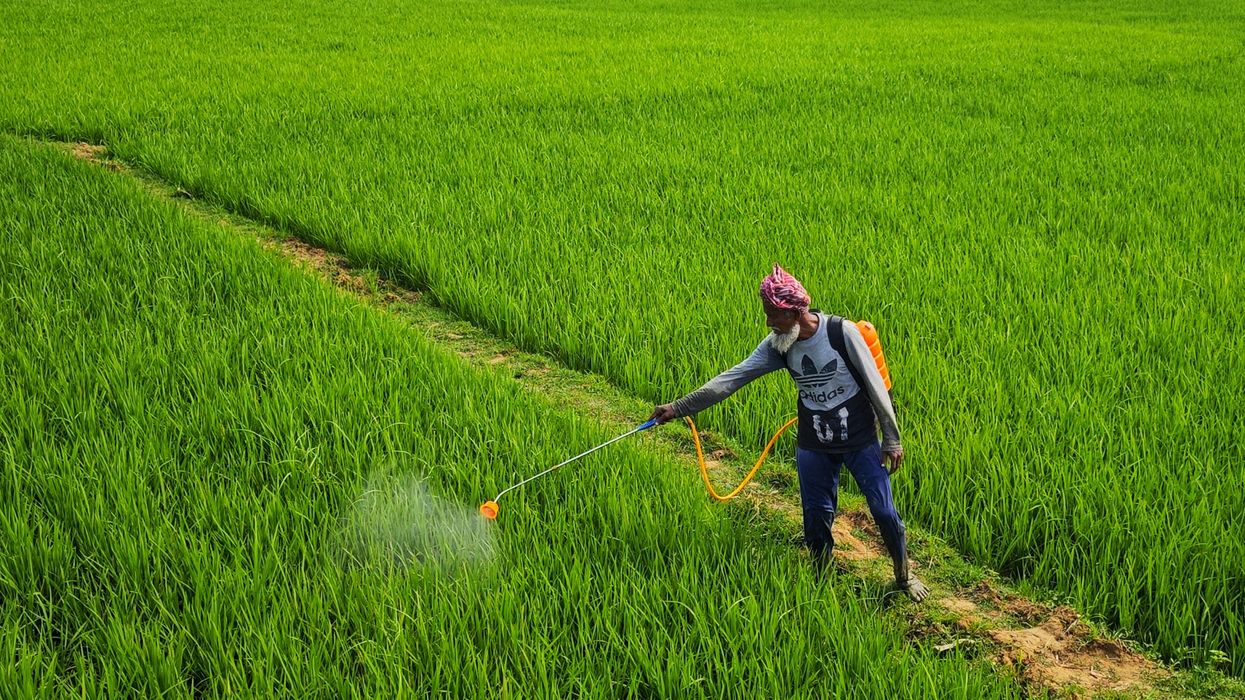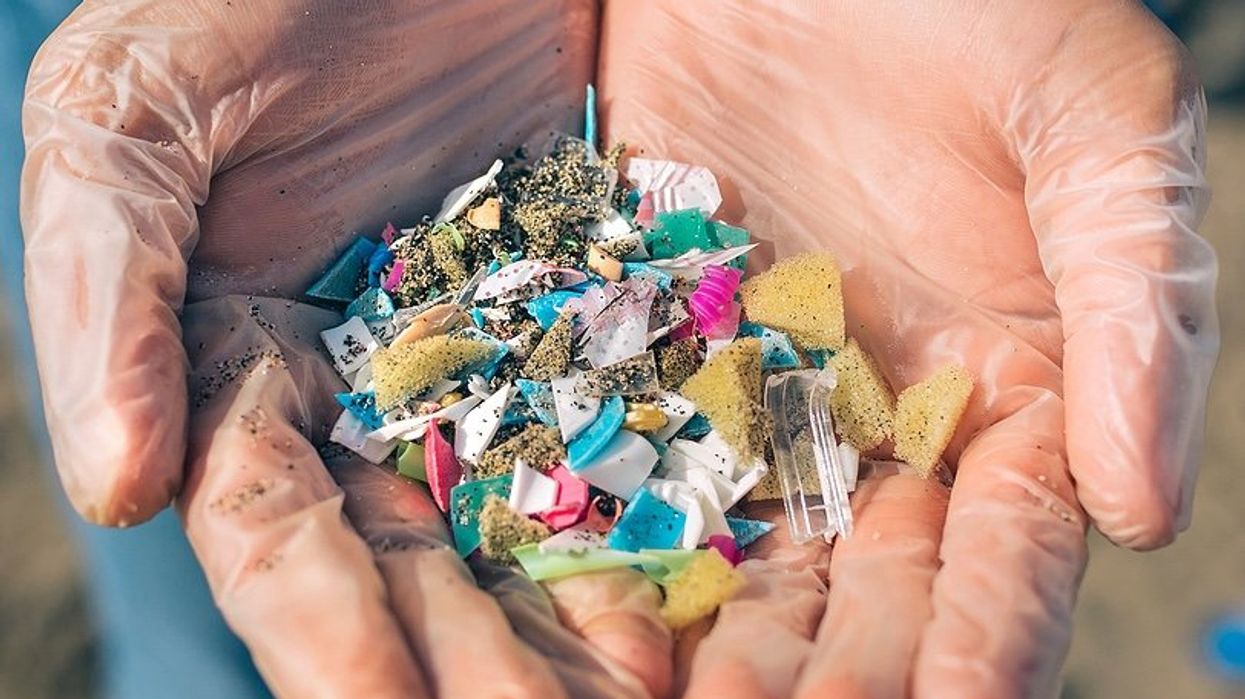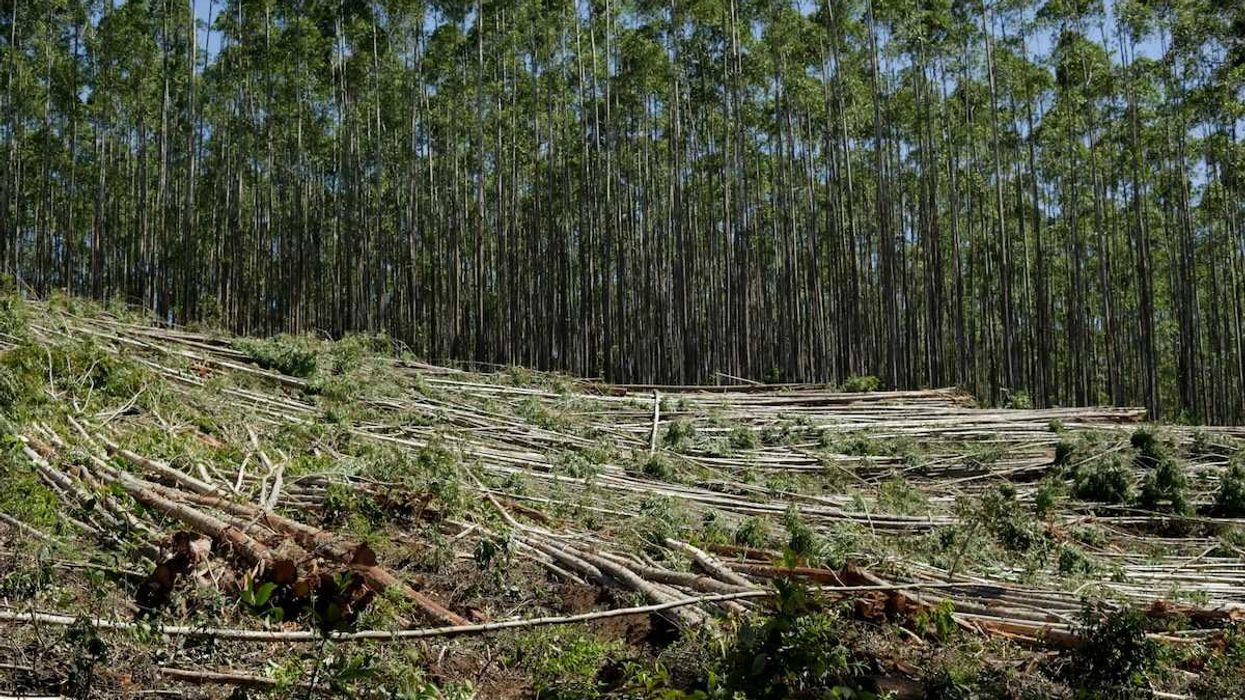Indigenous nations are leading efforts to bring back bison to North America's grasslands, re-establishing ecological and cultural connections nearly erased by colonization.
Kayla MacInnis reports for The Narwhal and IndigiNews.
In short:
- The Montana First Nation recently conducted a traditional hunt, part of broader Indigenous-led bison rematriation projects that honor ancestral ties and ecological stewardship.
- The Buffalo Treaty, now in its tenth year, promotes cooperation to protect bison as a keystone species and enable their free movement across the plains.
- Indigenous advocates emphasize that bison reintroduction revives cultural practices, supports biodiversity, and may enhance prairie soil’s carbon storage potential.
Key quote:
“Right from the very beginning of the dialogues, we said, ‘No one owns the buffalo.’”
— Whisper Camel-Means, Confederated Salish and Kootenai Tribes
Why this matters:
The bison's return isn’t only symbolic. These animals are ecological engineers, reshaping the landscape to its natural balance. They till the soil, support diverse plant life, and create habitats for other species. Indigenous groups hope their return will boost biodiversity and even contribute to climate resilience. Read more: The other destructive Columbus.




